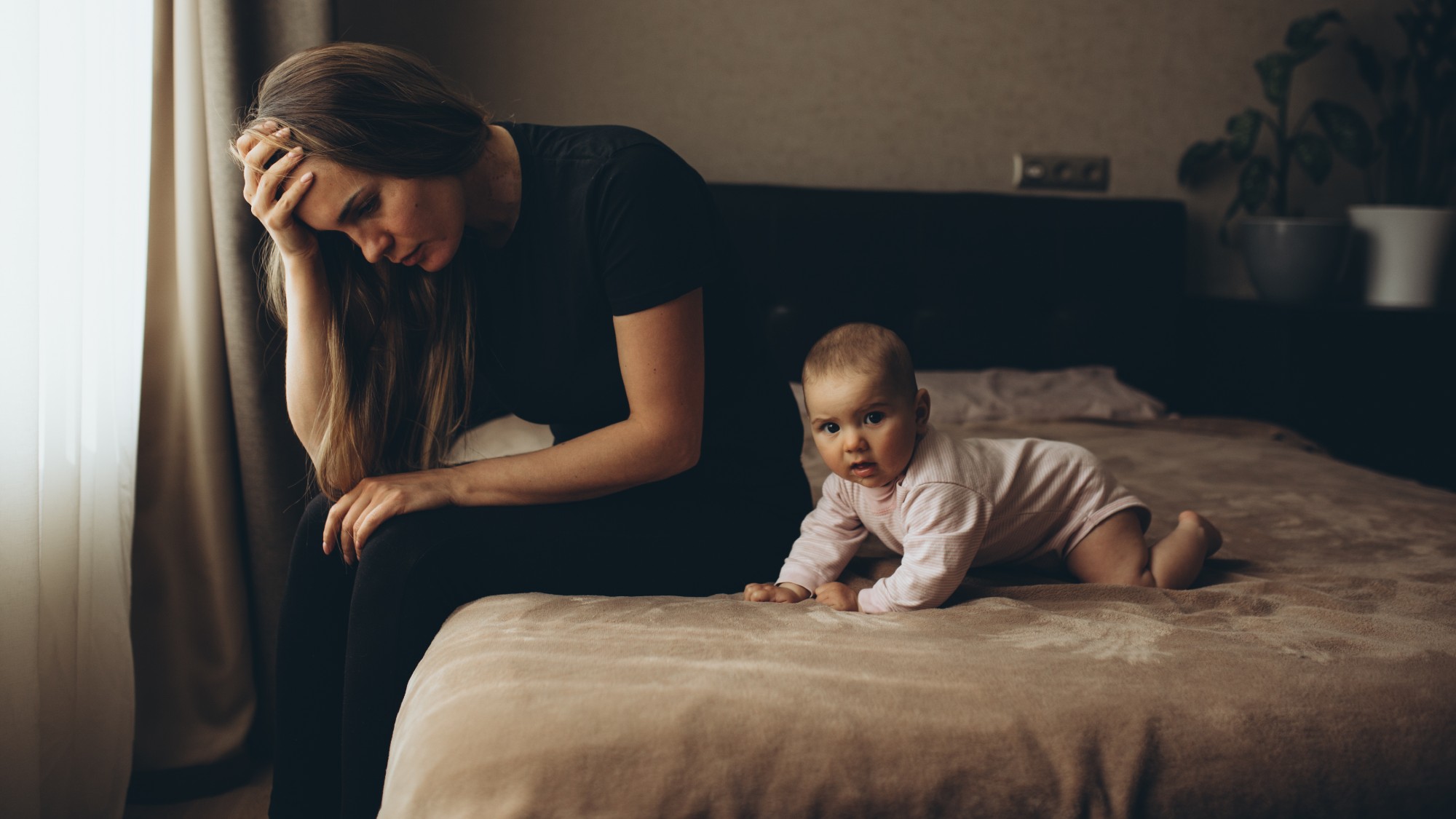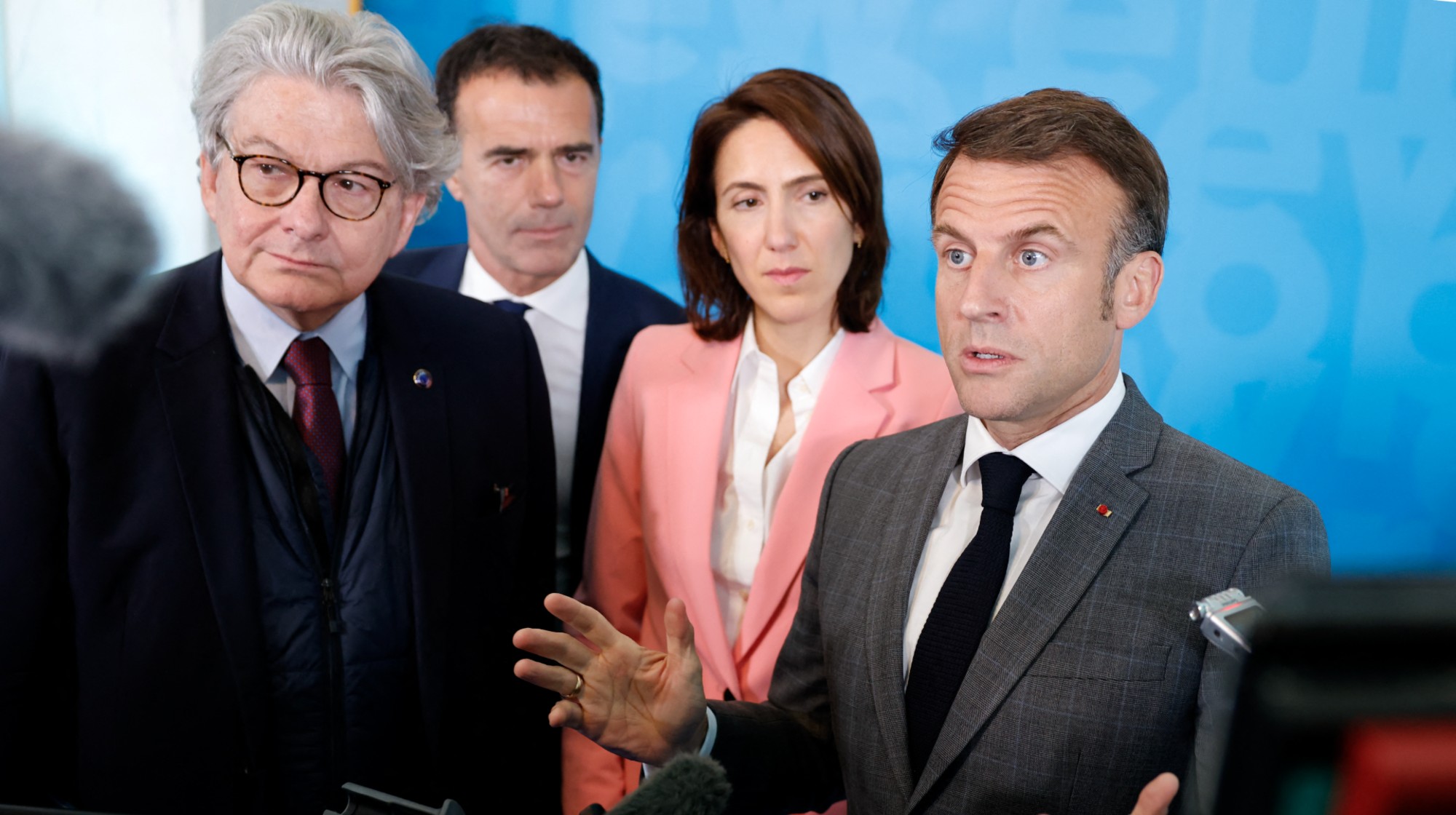Alina Szapocznikow: Sculpture Undone, 1955–1972
It’s good to see Szapocznikow “finally receiving the broader attention she deserves.”
Museum of Modern Art, New York
Through Jan. 28
This small survey of one artist’s life’s work “is in some ways the story of postwar sculpture,” said Karen Rosenberg in The New York Times. “Classical bronzes give way to puzzles of poured resin; the figure walks down off the pedestal and comes back in pieces.” The show emphasizes such formal innovations, but it’s hard to ignore the biography behind it. Sent to the Bergen-Belsen concentration camp as a teenager, Alina Szapocznikow survived World War II but died of breast cancer in 1973 at just 47. No wonder, then, that her work often enacts traumas on the human body. In “a haunting corridor” of expressionist pieces from the late 1950s, a gnarled plaster hand functions as a tribute to the “Heroes of the Warsaw Ghetto.” Soon, the work takes a “pop-surrealist” turn: Szapocznikow began casting female body parts in polyester resin and other industrial materials. Disembodied lips, legs, and breasts become lamps, even ashtrays.
The Week
Escape your echo chamber. Get the facts behind the news, plus analysis from multiple perspectives.

Sign up for The Week's Free Newsletters
From our morning news briefing to a weekly Good News Newsletter, get the best of The Week delivered directly to your inbox.
From our morning news briefing to a weekly Good News Newsletter, get the best of The Week delivered directly to your inbox.
It’s good to see Szapocznikow “finally receiving the broader attention she deserves,” said Jason Farago in The Guardian(U.K.). This is the largest exhibition of her “fragile, erotic, and always disarming” sculpture ever to appear outside Europe. The trials that Szapocznikow endured, beginning at Bergen-Belsen, load her work with meanings that are always just beyond reach. Bouquet II (1966), “a spindly humanoid” with four mammary glands at her feet, feels “monstrous but also ecstatic.” With Tumors Personified (1971), Szapocznikow confronted her illness, creating a dozen resin casts of her own face and then molding them into “malignant little balls.” Her last sculpture series, “in which she crushes her cast face into two dimensions, is almost too raw to contemplate.” Yet doing so seems absolutely necessary.
A free daily email with the biggest news stories of the day – and the best features from TheWeek.com
-
 ‘Care fractures after birth’
‘Care fractures after birth’instant opinion Opinion, comment and editorials of the day
-
 Shots fired in the US-EU war over digital censorship
Shots fired in the US-EU war over digital censorshipIN THE SPOTLIGHT The Trump administration risks opening a dangerous new front in the battle of real-world consequences for online action
-
 What will the US economy look like in 2026?
What will the US economy look like in 2026?Today’s Big Question Wall Street is bullish, but uncertain